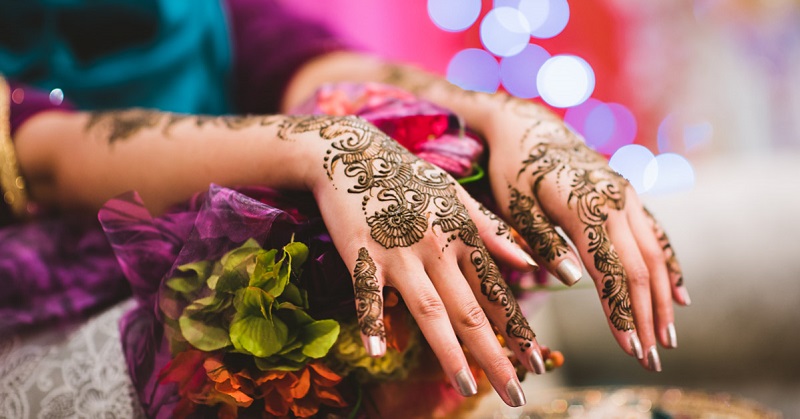
Being an Indian, we all know the significance of Mehndi. It is not only considered important and auspicious during wedding ceremonies, but also during many festivals such as Bhai Dhooj, Rakhi, Karwachauth and Diwali. But did you know that apart from the version that we mostly know about, Mehndi is applied in various other styles? There are different types of mehndi designs.
Allow us to introduce you to different types of mehndi designs which are popular in the world.
ADVERTISEMENT
1. Indian Mehndi design
The most popular and widely seen in India among the types of mehndi designs is Indian mehndi which comprises of all things beautifully Indian! From single trails on the back and front of the hands to full coverage of the hands on both sides, the Indian mehndi style always has something unique to offer for every age and every occasion.
While bridal mehndi in Indian mehndi style makes the hands adorned with dholkis, palkis, bride-groom artwork, mandap, kalash, and various other auspicious artwork depicting a marriage ceremony, the non-bridal has a lot to offer too.
Non-bridal designs are more in demand for obvious reasons and comprise of a hoard of styling options from a single ‘bel’/trail to one-sided design, light mehndi artwork, and extremely heavy full hand mehndi. Among the popular types of mehndi designs, the Indian mehndi style encompasses all kinds of artwork like paisleys, florals, chequered, dots, hidden names, and items of traditional significance.
Also read- 25 Simple Mehndi Designs For Your Special Day
ADVERTISEMENT
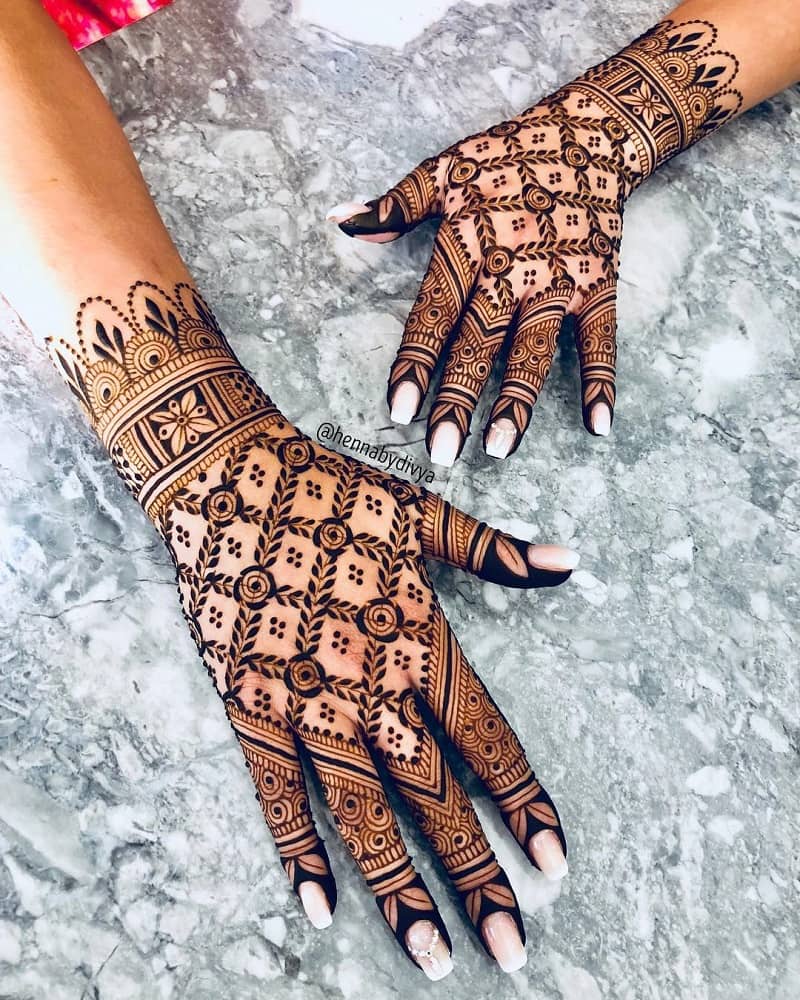
2. Pakistani Mehndi design
Bearing an understandable similarity to the Indian Mehndi, Pakistani Mehndi is more about Pakistani traditions and values. While many other things like paisleys and floral artwork remain the same, Pakistani mehndi includes mandalas, domes, more of leaves, and in many cases, doors of mosques. This style has bolder outlines and mostly comprises intricate artwork. Pakistani mehndi designs surely stand out among the various types of mehndi designs.
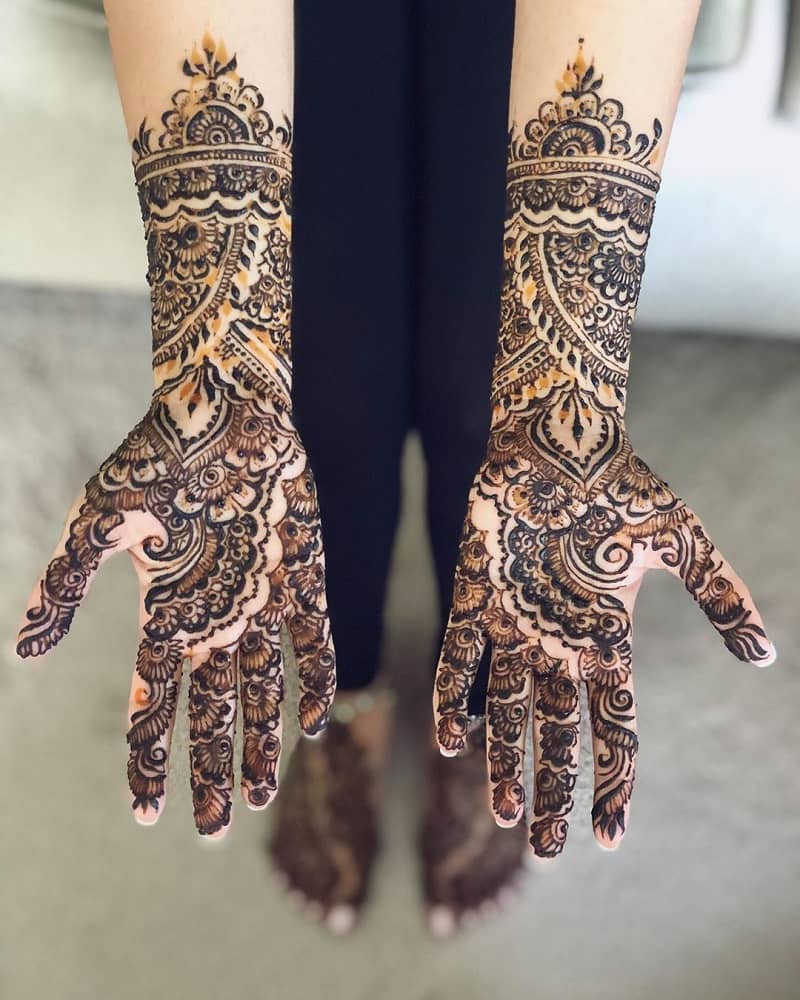
3. Arabic Mehndi design
Another popular style of mehndi art, it is known for its unique styling with bold lines and empty spaces. This style is believed to have originated from the Gulf countries, hence the name. It is very different from the Indian mehndi and has a certain amount of royalty and elegance attached to it.
Unlike heavy coverage of the Indian mehndi, Arabic mehndi is all about minimal yet bold artwork. The empty space in this types of mehndi designs is of utmost significance and makes the adjacent designs/patterns stand out. Arabic mehndi is now counted among the topmost popular mehndi styles all over the world.
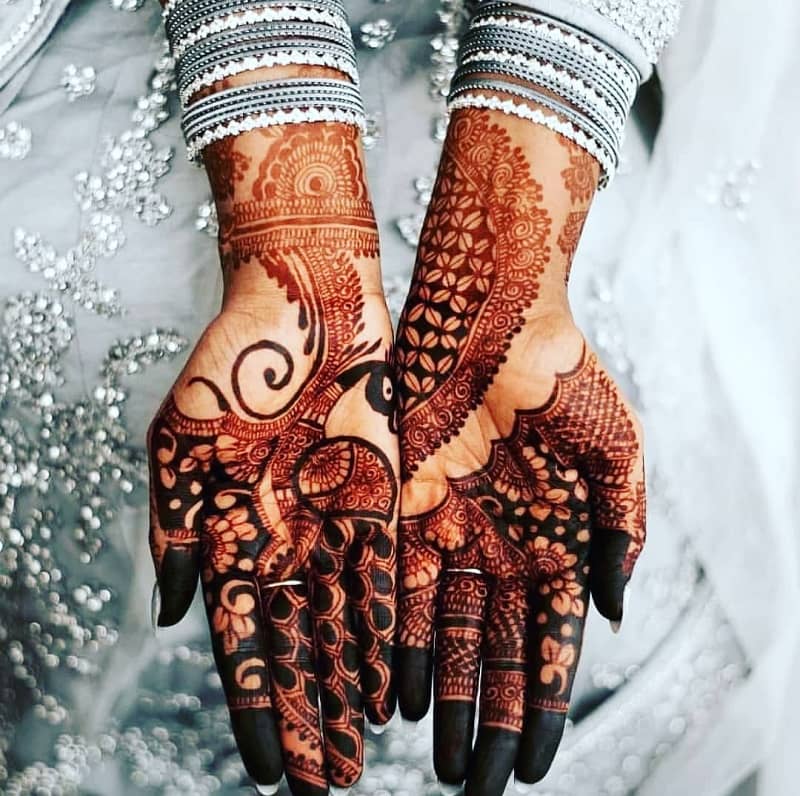
4. Indo-Arabic Mehndi design
This is a perfect amalgamation of the Indian and Arabic styles of mehndi design. Imagine the intricacy and beauty of Indian mehndi patterns separated by bold lines and empty spaces! It’s one of the most beautiful examples of fusion art. This style of mehndi design comprises of all patterns used in the Indian mehndi like leaves, florals, paisleys, chequered, and whatnot, but in the confines of beautifully crafted bold lines, separated from each other in such a way that it looks elegantly eye-catching!
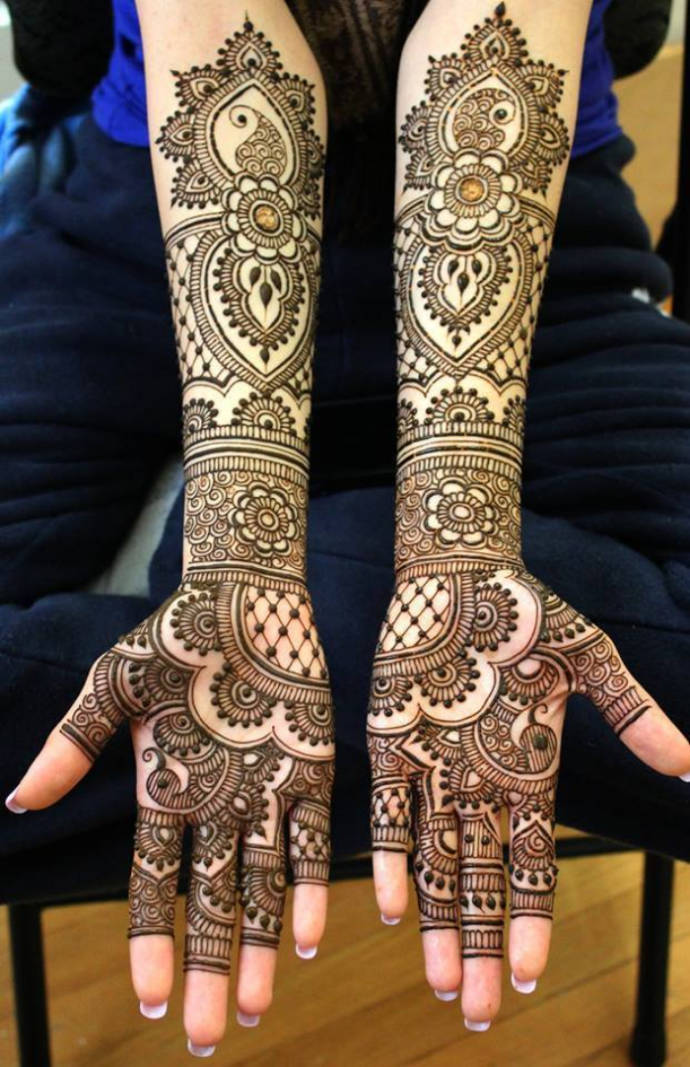
5. Moroccan Mehndi design
Considered popular among both genders, Moroccan Mehndi is known for its unisex designs and is applied by men who are interested in henna tattoos as well. This sort of mehndi style comprises of geometric shapes and curves, traditional tribal patterns, diamond shapes, and prominent dots. It has its own charm and can easily be spotted as being unique and different from the regular Mehndi designs. This is a must mention in the list of different types of mehndi designs.
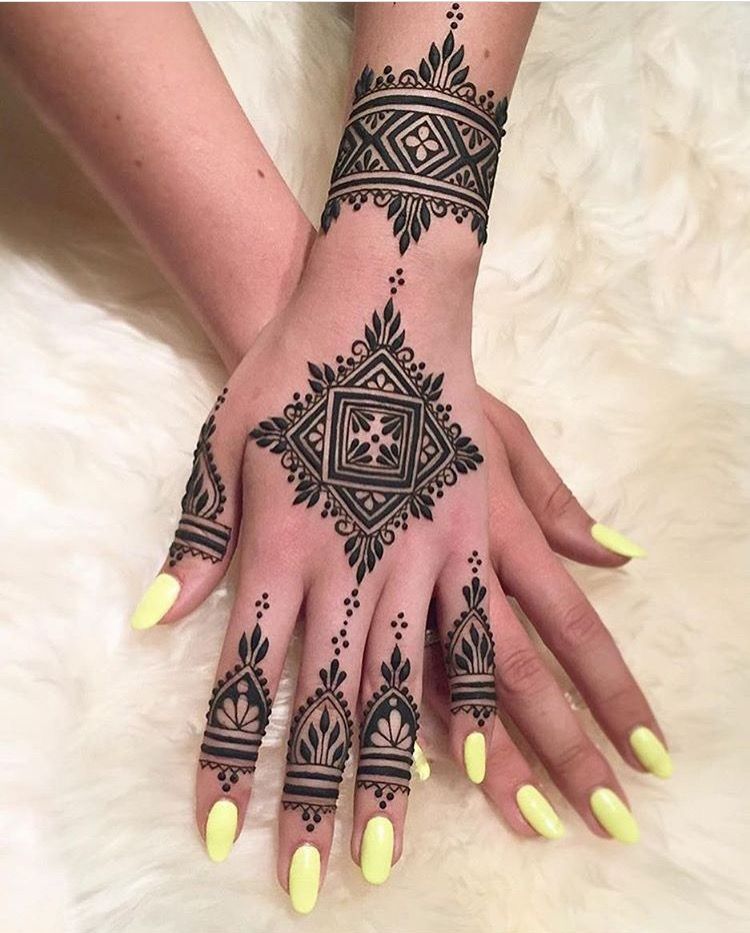
6. Western/Contemporary Mehndi design
Considered more as a ‘henna tattoo’ than mehndi, the wild west world has also adapted to this trend! This type of mehndi design has got little-to-nothing to do with any kind of tradition and mehndi is applied just for the ‘temporary-tattoo’ feel. In this style, the patterns mainly comprise of geometrical figures, swirls, quirky shapes and modern designs. Mostly, the huge gaps in between designs are given in such a way that the pattern look like hand worn ornaments.
ADVERTISEMENT
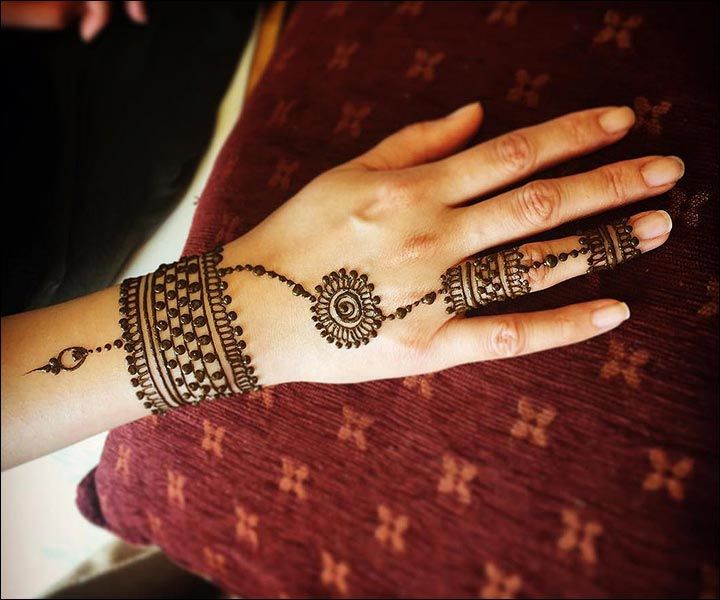
7. Indo-Western Mehndi design
Just like the Indo-Arabic style, Indo-Western has the best of both worlds! Indo-Western mehndi is a fusion of traditional Indian mehndi patterns and off-the-wall designs. The most prominent feature of this style of mehndi art is adding short messages to it apart from quirky designs.
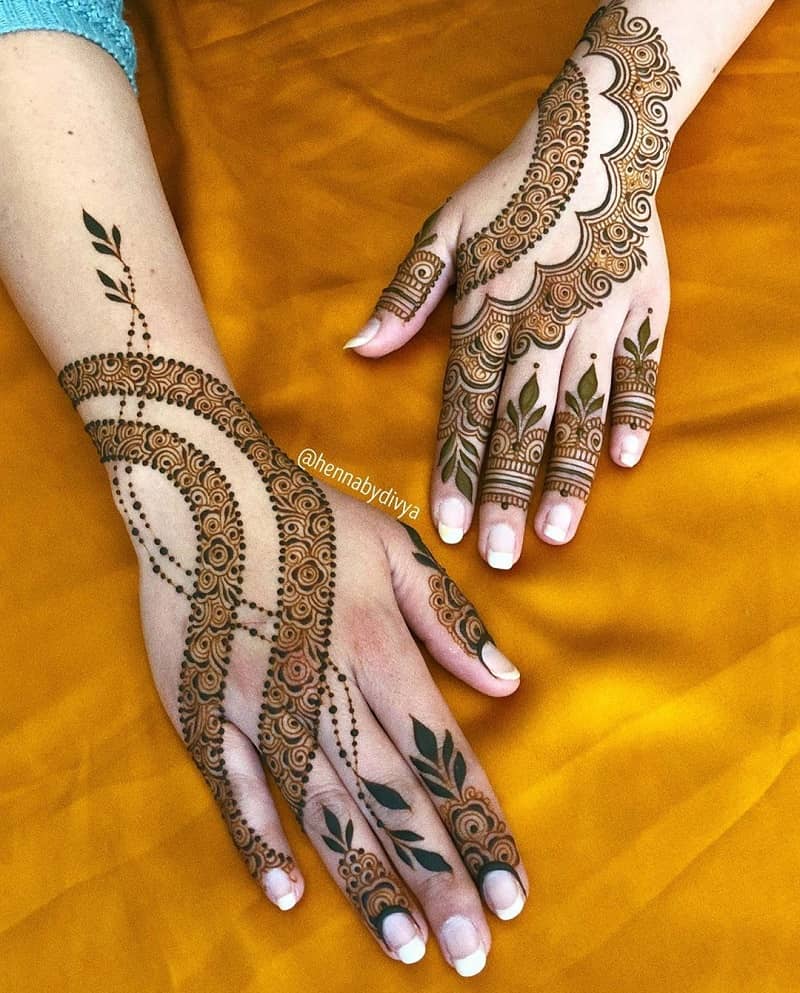
8. African Mehndi design
Yes, you read that right! It is a lesser known fact that mehndi/Henna has been a part of West African culture for almost a thousand years. African mehndi predominantly comprises of tribal designs and patterns, although it bears a lot of similarity with Arabic mehndi in terms of gaps and bold outlines. African mehndi designs are among the distinct types of mehndi designs which are darker in color.
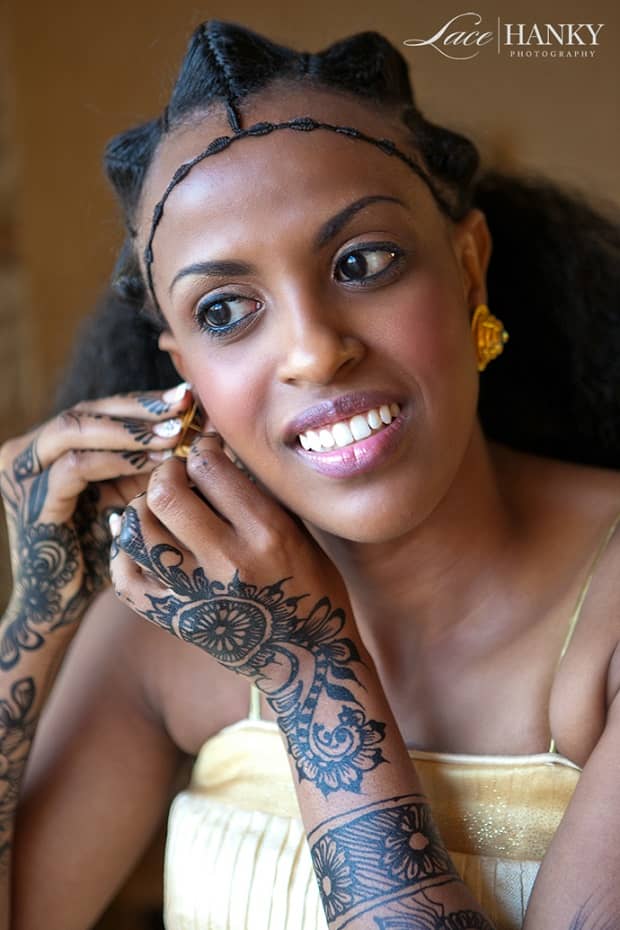
Although there might still be various other places that have seen the mehndi designs modified and evolved as per their region, these are the most popular ones.
Needless to mention, mehndi is of great significance in a country like India, although other countries around the world are growing fonder of it too, day by day! Considering the boundless occasions where you can apply mehndi, there are boundless designs and techniques of applying it as well. Whether you choose any one among the diverse types of mehndi designs, whether it is one style of mehndi or mixing it up with another, it adds charm to the entire look and occasion.
ADVERTISEMENT
ADVERTISEMENT











